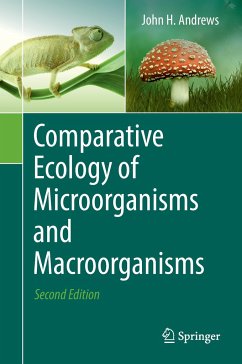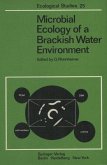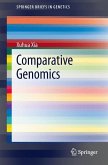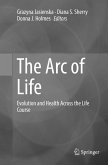This second edition textbook offers an expanded conceptual synthesis of microbial ecology with plant and animal ecology. Drawing on examples from the biology of microorganisms and macroorganisms, this textbook provides a much-needed interdisciplinary approach to ecology. The focus is the individual organism and comparisons are made along six axes: genetic variation, nutritional mode, size, growth, life cycle, and influence of the environment. When it was published in 1991, the first edition of Comparative Ecology of Microorganisms and Macroorganisms was unique in its attempt to clearly compare fundamental ecology across the gamut of size. The explosion of molecular biology and the application of its techniques to microbiology and organismal biology have particularly demonstrated the need for interdisciplinary understanding. This updated and expanded edition remains unique. It treats the same topics at greater depth and includes an exhaustive compilation of boththe most recent relevant literature in microbial ecology and plant/animal ecology, as well as the early research papers that shaped the concepts and theories discussed. Among the completely updated topics in the book are phylogenetic systematics, search algorithms and optimal foraging theory, comparative metabolism, the origins of life and evolution of multicellularity, and the evolution of life cycles.
From Reviews of the First Edition:
"John Andrews has succeeded admirably in building a bridge that is accessible to all ecologists." -Ecology
"I recommend this book to all ecologists. It is a thoughtful attempt to integrate ideas from, and develop common themes for, two fields of ecology that should not have become fragmented." -American Scientist
"Such a synthesis is long past due, and it is shameful that ecologists (both big and little) have been so parochial." -The Quarterly Review of Biology
From Reviews of the First Edition:
"John Andrews has succeeded admirably in building a bridge that is accessible to all ecologists." -Ecology
"I recommend this book to all ecologists. It is a thoughtful attempt to integrate ideas from, and develop common themes for, two fields of ecology that should not have become fragmented." -American Scientist
"Such a synthesis is long past due, and it is shameful that ecologists (both big and little) have been so parochial." -The Quarterly Review of Biology







